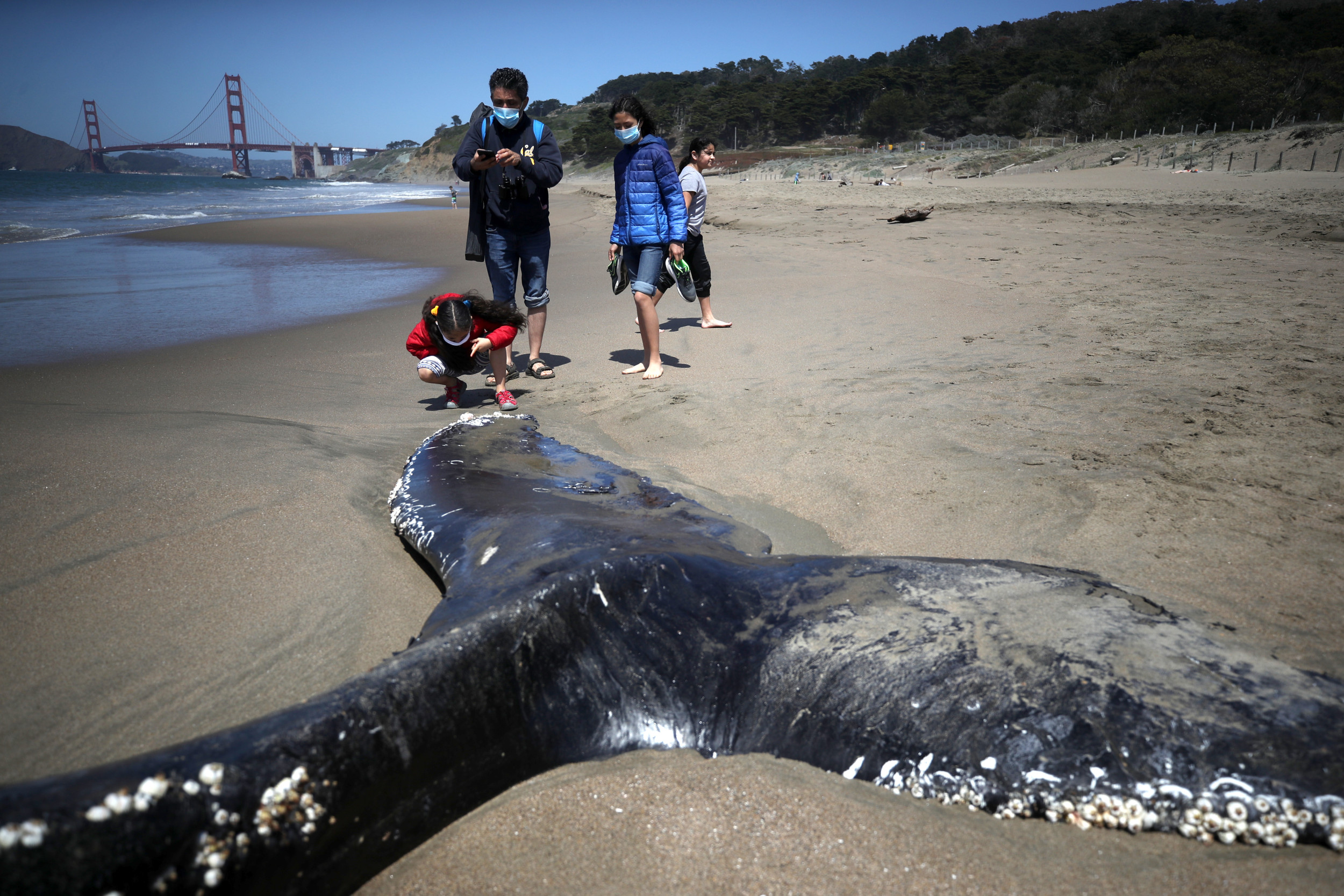Politics
Opinion: The great powers are itching for another nuclear arms race. Who will stop them?
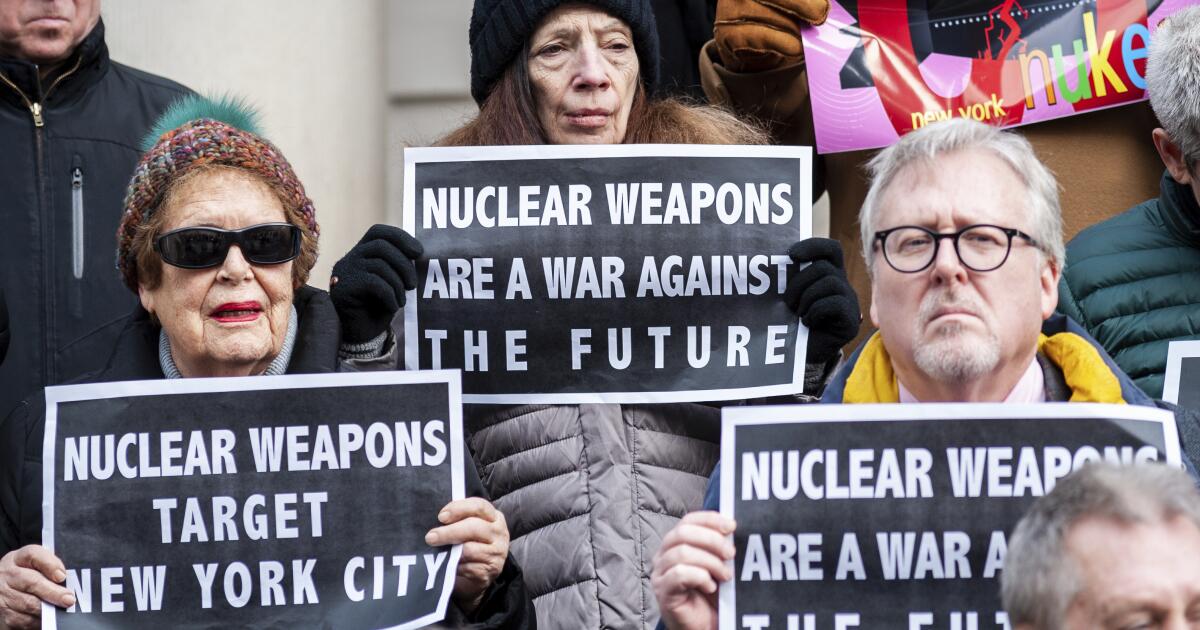
In early June, the Biden administration announced a more “competitive” nuclear weapons strategy, after Moscow and Beijing reportedly spurned U.S. efforts to discuss arms control. The new approach includes the possibility of increasing America’s deployment of strategic nuclear weapons. The administration’s more muscular stance may be only a small down payment on an even larger nuclear buildup foreshadowed in a recent report mandated by Congress. The public has a compelling interest in participating in this discussion now, before the bills and risks come due.
“How much is enough” regarding America’s nuclear forces is not a new question. It has been debated by political, military and scientific leaders since the first two nuclear weapons were used to end the Second World War almost 80 years ago. Today, Washington and our two most likely nuclear adversaries, Russia and China, are all examining their nuclear ledgers to account for growing tensions in great-power relations, new technologies such as artificial intelligence and cyber warfare and emerging battlefields in space.
Will the American people have a voice in this debate? Historically, there have been moments when public opinion has driven nuclear policy, and not simply through elected representatives in Congress voting on defense appropriations. Widespread concerns over radioactive fallout helped drive negotiations that banned atmospheric nuclear testing in the early 1960s. In the early 1980s, millions turned out in the United States and Europe to protest the deployment of intermediate-range nuclear weapons, which put pressure on President Reagan and the U.S.S.R.’s Mikhail Gorbachev to negotiate a ban on these systems.
Yet it has been decades since the American public has weighed in en masse on nuclear policy, leaving the discussions to a small number of government, civilian and military bureaucrats and members of Congress.
The rest of us have practical and existential reasons to get engaged. To begin, the resources required to maintain or expand our nuclear arsenal are substantial — hundreds of billions of dollars for new land-based nuclear missiles, bombers and submarines. This will come at a substantial cost to other defense capabilities and domestic priorities. Even more profoundly, a more aggressive nuclear policy and the mere existence of more weapons may increase the risk of nuclear use, which poses an existential threat to us all. As the former CIA deputy director for intelligence rightly said to then-national security advisor Henry Kissinger decades ago, “Once nuclear weapons start landing, the response is likely to be irrational.”
Based on research by independent experts published in the Bulletin of Atomic Scientists, the United States today deploys more than 1,700 nuclear weapons. Roughly half of these warheads are on “day to day” alert, ready to be launched within minutes. Half of these are deployed at sea, immune from attack. Any rational nuclear adversary — say Russia or China, alone or together — must conclude that the use of even one nuclear weapon against the United States or its allies in Europe or Asia would likely trigger a massive American nuclear response that could obliterate an aggressors’ leadership, military forces and industry. And the sobering reality is that a rational U.S. president must conclude the same with respect to Russia, which deploys roughly the same number of nuclear weapons as the U.S., and China, with a much smaller but growing nuclear inventory.
Adding more nuclear weapons, missile silos, bombers or submarines to the mix in China, Russia or the U.S. — or applying new technologies, whether in speed or power — will not change the nuclear fundamentals: Use even one nuclear weapon and risk nuclear retaliation and a wider nuclear war that would destroy nations. The wise course for the U.S. is to ensure an adequate nuclear deterrent that places a premium on survivability, which means firepower and totals limited to the current arsenal, or even fewer.
Everyday Americans can and should campaign against this dangerous nuclear expansion. And beyond that, we can support what the United States has slowly been doing, reducing the risks of a nuclear use by reducing global nuclear arms through sound security policies and diplomacy.
We can also support efforts to make the stockpile we have safer. In a rare but laudable bipartisan initiative, Congress directed the Biden administration to conduct an internal review of America’s nuclear command-and-control systems, including “fail-safe” steps to strengthen safeguards against cyber warfare threats and the unauthorized, inadvertent or accidental use of a nuclear weapon. The review is due out in the fall, and it will almost certainly call for new investments to securely maintain a nuclear deterrent for as long as one is needed. That would be money well spent by Washington — and something that should be encouraged in every nuclear-armed state.
No question, the U.S. is now in an across-the-board competition with China and Russia. In Europe, it is centered on the war in Ukraine and deterring any further attacks by Russia on our NATO allies. The competition with China is much broader: There is an increasing military component in the South China sea and Taiwan, but the economic and technology race is as consequential.
“Winning” this competition will require a number of increased investments and initiatives, such as shoring up our conventional military capabilities, leading the artificial intelligence revolution, developing defenses against cyber attacks and expanding clean energy alternatives. Making expensive investments in nuclear capabilities beyond what is adequate for deterrence would mean running this race carrying a heavy sandbag on our shoulders.
When it comes to nuclear weapons, less is more.
Steve Andreasen was the National Security Council’s staff director for defense policy and arms control from 1993 to 2001. He teaches at the public affairs school of the University of Minnesota.

Politics
DOGE slashes over $5 million by cutting thousands of unused software licenses
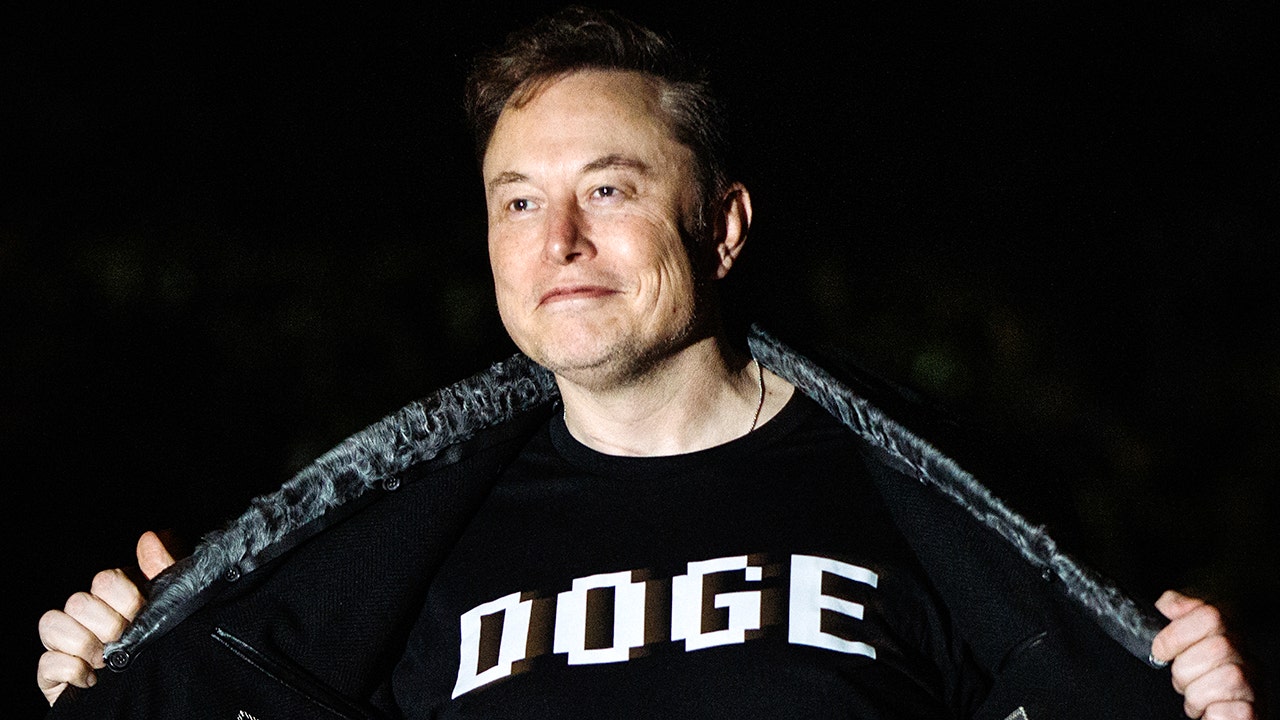
The Department of Government Efficiency (DOGE) saved over $5 million a year after discovering several agencies paid for far more software than they were actually using.
For example, the IRS was paying for 3,000 licenses for software but only used 25. Once DOGE discovered the waste, it cut the remaining 99% of the licenses.
“Agencies often have more software licenses than employees, and the licenses are often idle (i.e. paid for, but not installed on any computer),” DOGE wrote in a post on X. “These audits have been continuously run since first posted in February.”
The Department of Labor slashed 68% of unused “project planning” software licenses, DOGE noted, and the Securities and Exchange Commission cut 78% of the remote desktop software programs it was paying for after finding the commission was only using 22% of the programs.
TOP 5 MOST OUTRAGEOUS WAYS THE GOVERNMENT HAS WASTED YOUR TAXES, AS UNCOVERED BY ELON MUSK’S DOGE
According to DOGE, the three changes saved over $5 million a year.
DOGE raised a red flag in February that agencies were paying for more software licenses than employees when it shared a post about the U.S. General Services Administration (GSA).
With 13,000 employees, GSA was paying for 37,000 licenses for WinZip, a program used to archive and compress files.
DOGE’S GREATEST HITS: LOOK BACK AT THE DEPARTMENT’S MOST HIGH-PROFILE CUTS DURING TRUMP’S FIRST 100 DAYS
White House Senior Advisor Elon Musk walks to the White House after landing in Marine One on the South Lawn with President Donald Trump March 9, 2025, in Washington, D.C. (Samuel Corum/Getty Images)
The agency also pays for 19,000 training software subscriptions, 7,500 project management software seats for a division with only 5,500 employees and three different ticketing systems.
The most recent post comes as billionaire Elon Musk steps down as the face of DOGE.
While DOGE was tasked with cutting $2 trillion from the budget, its efforts led to roughly $175 billion in savings due to asset sales, contract cancellations, fraud payment cuts and other ways to eliminate costs, according to an update on DOGE’s website.
MUSK SAYS DOGE SET TO TOP $150B IN FRAUD SAVINGS IN FY 2026
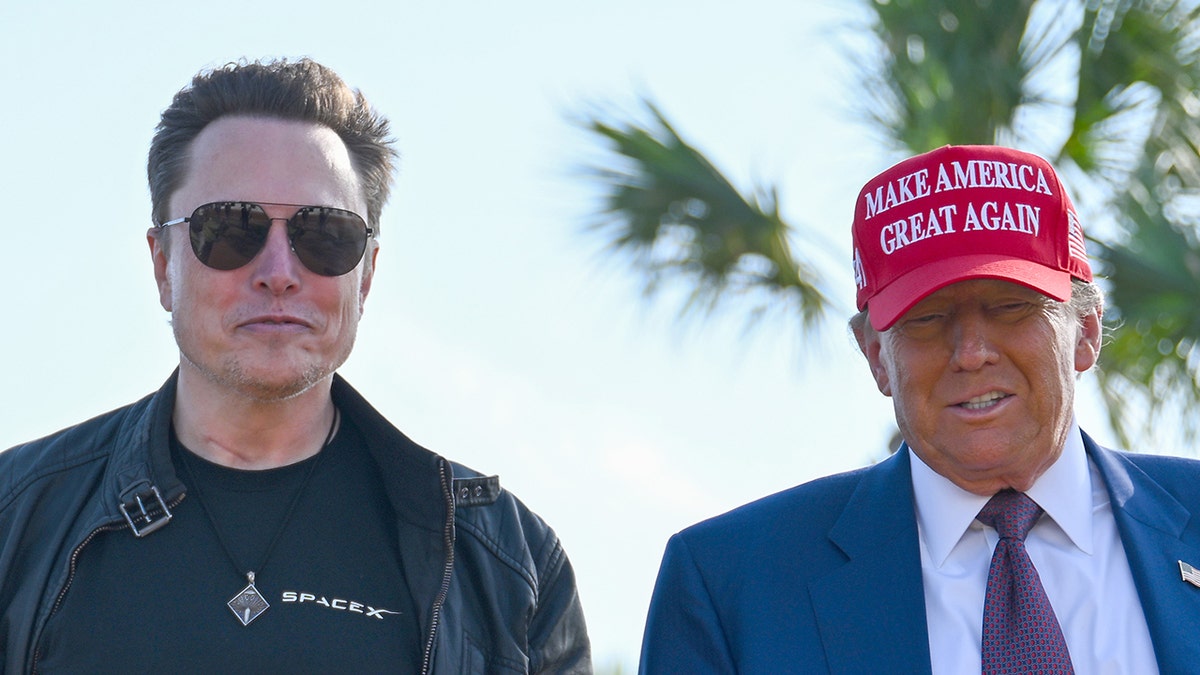
President Donald Trump tasked Elon Musk with heading the Department of Government Efficiency and finding ways to slash $2 trillion from the budget. (Brandon Bell/Getty Images)
The savings translate to about $1,087 in per taxpayer, the website notes.
Musk told reporters in the Oval Office Friday the savings will continue to build, and he is confident total cuts will amount to $1 trillion in the coming years.
“The DOGE influence will only grow stronger,” Musk said. “I liken it to a sort of person of Buddhism. It’s like a way of life, so it is permeating throughout the government. And I’m confident that, over time, we’ll see $1 trillion of savings, and a reduction in $1 trillion of waste, fraud reduction.”
Fox News Digital’s Andrew Mark Miller contributed to this report.
Politics
California contests Trump administration claim that the state obstructs immigration law

SACRAMENTO — Gov. Gavin Newsom’s office sent a letter on Friday requesting that the Trump administration remove California from its list of sanctuary jurisdictions that obstruct the enforcement of federal immigration law.
The Department of Homeland Security issued the list this week in accordance with an executive order President Trump signed in April that directs federal agencies to identify funding to sanctuary cities, counties and states that could be suspended or terminated.
In the letter, Newsom’s office contended that federal court rulings have rejected the argument that California law limiting law enforcement coordination with immigration authorities “unlawfully obstructs the enforcement of federal immigration laws.”
“This list is another gimmick — even the Trump Administration has admitted California law doesn’t block the federal government from doing its job,” Newsom said in a statement. “Most immigrants are hardworking taxpayers and part of American families. When they feel safe reporting crimes, we’re all safer.”
California is among more than a half-dozen states that were included on the list for self-identifying as sanctuaries for immigrants without proper documentation. Forty-eight California counties and dozens of cities, including Los Angeles, Long Beach, San Diego and San Francisco, were also on the Trump administration’s list of more than 500 total jurisdictions nationwide.
The state strengthened its sanctuary policies under a law signed by former Gov. Jerry Brown that took effect in 2018 after Trump won office the first time. Then, state officials tried to strike a balance between preventing local law enforcement resources from being used to round up otherwise law-abiding immigrants without obstructing the ability of the federal government to enforce its laws within the state.
Local police, for example, cannot arrest someone on a deportation order alone or hold someone for extra time to transfer to immigration authorities. But state law does permit local governments to cooperate with U.S. Immigration and Customs Enforcement to transfer people to federal custody if they have been convicted of a felony or certain misdemeanors within a given time frame. The limitations do not apply to state prison officials, who can coordinate with federal authorities.
The law has been a thorn in the side of the Trump administration’s campaign to ramp up deportations, which the president has cast as an effort to rid the country of criminals despite also targeting immigrants with no prior convictions.
In a release announcing the list, DHS Secretary Kristi Noem said politicians in sanctuary communities are “endangering Americans and our law enforcement in order to protect violent criminal illegal aliens.”
“We are exposing these sanctuary politicians who harbor criminal illegal aliens and defy federal law,” Noem said. “President Trump and I will always put the safety of the American people first. Sanctuary politicians are on notice: comply with federal law.”
The Trump administration’s assertion that California’s sanctuary policies protect criminals from deportation appears to irk Newsom, who has repeatedly denied the allegation. Trump’s threat to withhold federal dollars could also pose a challenge for a governor proposing billions in cuts to state programs to offset a state budget deficit for the year ahead.
Homeland Security said jurisdictions will receive a formal notice of non-compliance with federal law and demand that cities, counties and states immediately revise their policies.
Politics
WATCH: US intel's take on TdA gang misses mark on ties to Maduro regime, ex-Venezuela army officer says
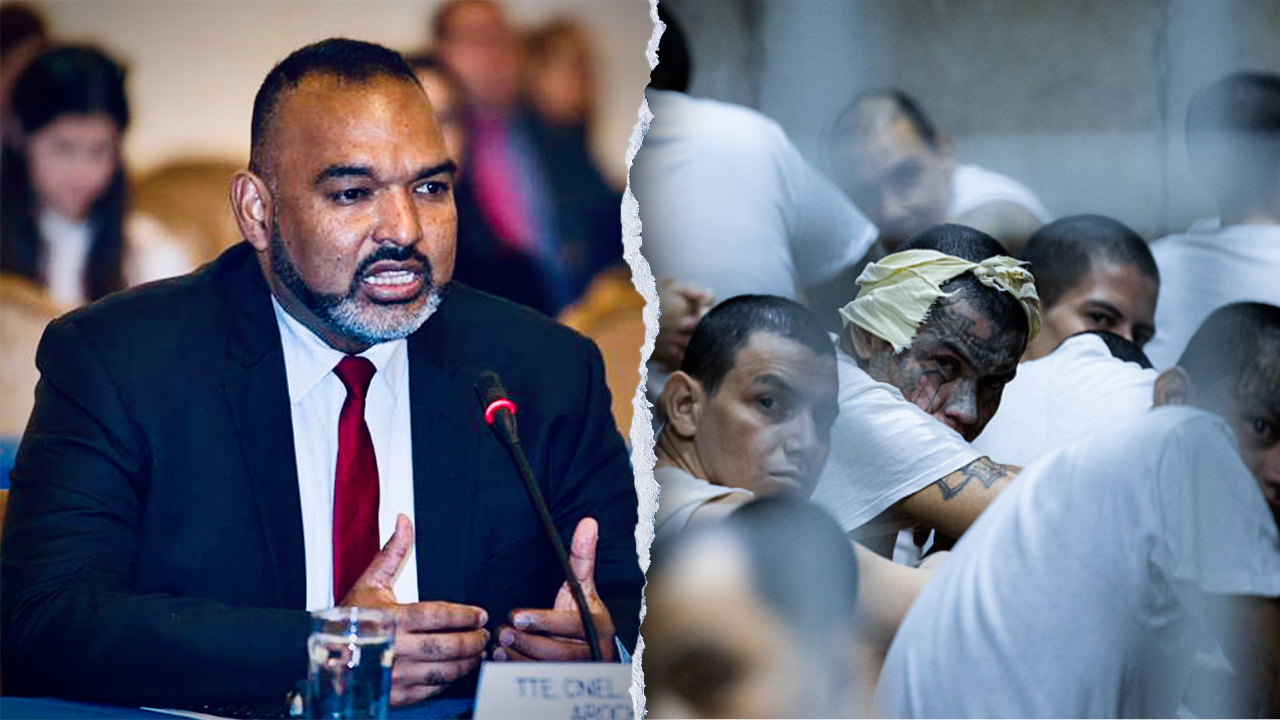
A former high-ranking officer in the Venezuelan military is contesting a recent report by the U.S. intelligence community about the massive Tren de Aragua gang present throughout the country.
Jose Arocha, who is a former lieutenant colonel in the Venezuelan military, told Fox News Digital that the recent intel community report denying Tren de Aragua is linked to the Venezuelan dictator Nicolás Maduro is missing a key aspect: the socialist regime’s animosity towards the United States and penchant for asymmetric warfare.
Tren de Aragua, also known simply as TdA, is a violent Venezuelan gang that has been terrorizing U.S. cities over the last several years. The group is linked to high-profile murders such as the killing of Georgia nursing student Laken Riley and the seizure of an entire apartment building in Aurora, Colorado.
As one of his first moves back in the Oval Office, President Donald Trump directed the State Department to designate TdA a “foreign terrorist organization.”
SUPREME COURT ALLOWS TRUMP ADMIN TO MOVE ON ENDING LEGAL PROTECTIONS FOR SOME VENEZUELAN MIGRANTS
Jose Arocha, a former lieutenant colonel in the Venezuelan military (El Salvador Press Presidency Office/Anadolu via Getty Images and Center for a Secure Free Society)
Speaking with Fox News Digital via Zoom, Arocha, a national security expert at the Center for a Secure Free Society, said he agrees with the Trump administration’s moves against Tren de Aragua, which he believes is an “asymmetrical warfare” tool of the Maduro regime to sow discord in the United States and other countries in the Western Hemisphere.
“The Maduro regime doesn’t need to send troops to the USA. It sends criminals instead,” he said. “TdA is a plug-and-play insurgency – assembled in prison, deployed abroad.”
Arocha’s statements, however, contrast with a new public memo released by U.S. intelligence agencies last month that denied any solid connection between the Maduro government in Caracas and the gang.
“While Venezuela’s permissive environment enables TDA to operate, the Maduro regime probably does not have a policy of cooperating with TDA and is not directing TDA movement to and operations in the United States,” the report states.
The report says that the intelligence community based its conclusion “on Venezuelan law enforcement actions demonstrating the regime treats TDA as a threat; an uneasy mix of cooperation and confrontation rather than top-down directives [that] characterize the regime’s ties to other armed groups; and the decentralized makeup of TDA that would make such a relationship logistically challenging.”
Arocha, meanwhile, said that “the missing point here is that the intelligence report is too narrow a lens about the TdA.”
“It’s about crime and migration, but they’re missing the warfare dimension,” he said. “They are missing that for the Maduro regime, the United States is the enemy, has been the enemy for years.”
VIOLENT VENEZUELAN GANG EXPLOITS TECHNOLOGY TO TURBOCHARGE ITS DOMINANCE: EXPERTS
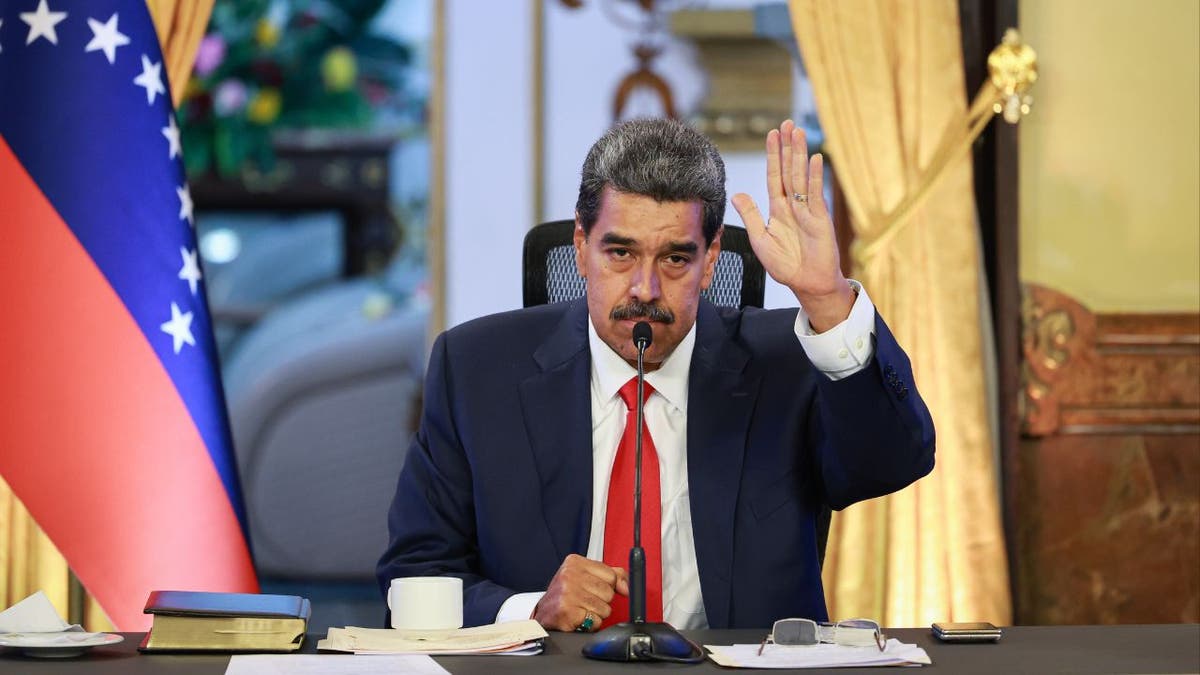
President Nicolás Maduro (Jesus Vargas/Getty Images)
“The TdA is not a gang,” he went on. “It’s the enabler arm of the Venezuelan regime in the hybrid warfare strategy, the asymmetrical tour of war. That’s the missing point. And that is the point that explains how a local gang is right now in more than 10 countries, including the United States. That’s incredible, and that is not possible without a state sponsor behind them.”
While the report points to law enforcement actions the Maduro government has taken against TdA, Arocha explained that in reality Venezuelan prisons, including the “Tocorón” prison where the gang started, are more like resort hotels.
“Tocorón, [which] they said is the epicenter of the crime in Venezuela, it wasn’t a prison, it was a palace for organized crime. Full equipment, we have a zoo, nightclubs and even a pool for the prisoners there,” he said.
Arocha also posited that the 2023 raid the Venezuelan government conducted on Tocorón “appears choreographed” and that key TdA leadership was able to escape through pre-made tunnels.
“While the regime gained optics of cracking down on crime, TdA’s mobility remained intact,” Arocha told Fox News Digital.
11 ALLEGED TEEN TREN DE ARAGUA GANG MEMBERS ATTACK NYPD OFFICERS: POLICE

This image shows two Tren de Aragua gang members caught at the southern border. (U.S. Border Patrol)
The intel report admitted that the escaped TdA members were “possibly assisted by low-level Venezuelan military and political leaders.” But to Arocha, the connection goes straight to the top.
He pointed to the kidnapping and murder of Venezuelan political dissident Ronald Ojeda in Chile, which, according to Reuters, is being investigated by the Chilean government as a possible Tren de Aragua operation sponsored by the Maduro government.
CLICK HERE FOR MORE IMMIGRATION COVERAGE
Reuters reported in March that Chilean Attorney General Angel Valencia said that Ojeda’s murder “doesn’t have the characteristics of a normal crime” and “all the evidence we have at this state of the investigation lets us conclude that a cell or group linked to the Tren de Aragua that was politically motivated that originated from an order of a political nature.”
The outlet also reported that the Venezuelan government denied the accusations as baseless.
Arocha further pointed to former Maduro Vice President Tareck El Aissami, who has alleged ties to Hamas and Hezbollah, as evidence that the Venezuelan government is embedded with America’s worst enemies.
VENEZUELAN ILLEGAL ALIEN, ALLEGED TREN DE ARAGUA LEADER IN CALIFORNIA, ARRESTED ON IMMIGRATION CHARGES
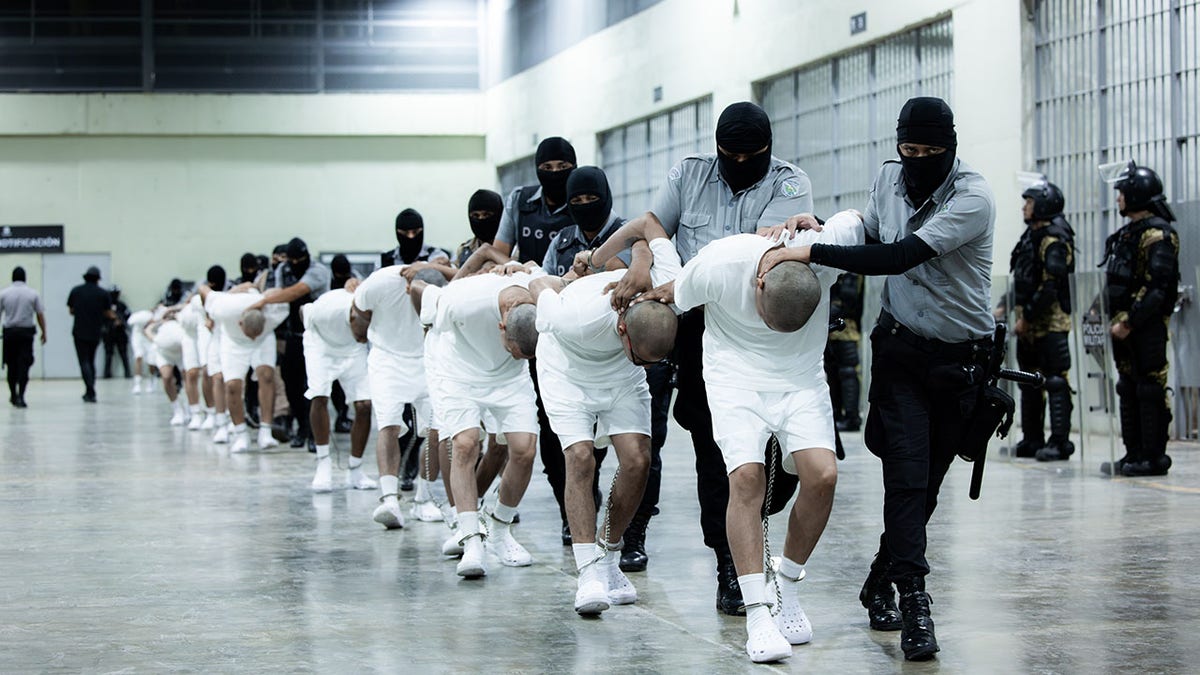
In this handout photo provided by the Salvadoran government, guards escort the inmates allegedly linked to criminal organizations at CECOT on March 16, 2025, in Tecoluca, El Salvador. (Salvadoran Government via Getty Images)
El Aissami was arrested on corruption charges and is currently in prison.
“He has a strong influence with Iran and China and Russia, too. Right now, he’s in prison, which means that he’s living in the palace in prison,” Arocha remarked, smiling.
“The Venezuelan regime is a proxy of Russia, China and Iran, especially China right now,” he went on. “They use Venezuela [to] create chaos in Latin America especially … not confronting directly the United States, but indirectly, using criminals, using disinformation, using every single tool they have.”
In response, Arocha urged the Trump administration to continue to take a whole-of-government approach in combating TdA. He urged the administration to “increase our scope” by reaching out to Latin American countries with experience with TdA, such as the Chilean government.
“They have a knowledge right now about the TdA. We have to understand what they’ve learned about, and we have to put all the pieces together to have the big picture instead of the local one,” he said. “And then I’m very sure that we are going to realize the missing and the main link is in Caracas.”
Fox News Digital’s Anders Hagstrom contributed to this report.
-

 Education1 week ago
Education1 week agoVideo: Columbia University President Is Booed at Commencement Ceremony
-

 Technology1 week ago
Technology1 week agoAre Character AI’s chatbots protected speech? One court isn’t sure
-

 News1 week ago
News1 week agoRead the Full ‘Make America Healthy Again’ Report
-

 Culture1 week ago
Culture1 week agoHow Manga Megastar Junji Ito Makes Terrifying Series Like ‘Uzumaki’
-

 Technology1 week ago
Technology1 week agoNow you can watch the Internet Archive preserve documents in real time
-

 Technology1 week ago
Technology1 week agoDiscord might use AI to help you catch up on conversations
-

 News1 week ago
News1 week agoVideo: Trump Repeats False Claims to South African President
-

 Science1 week ago
Science1 week agoTrump Has Cut Science Funding to Its Lowest Level in Decades





